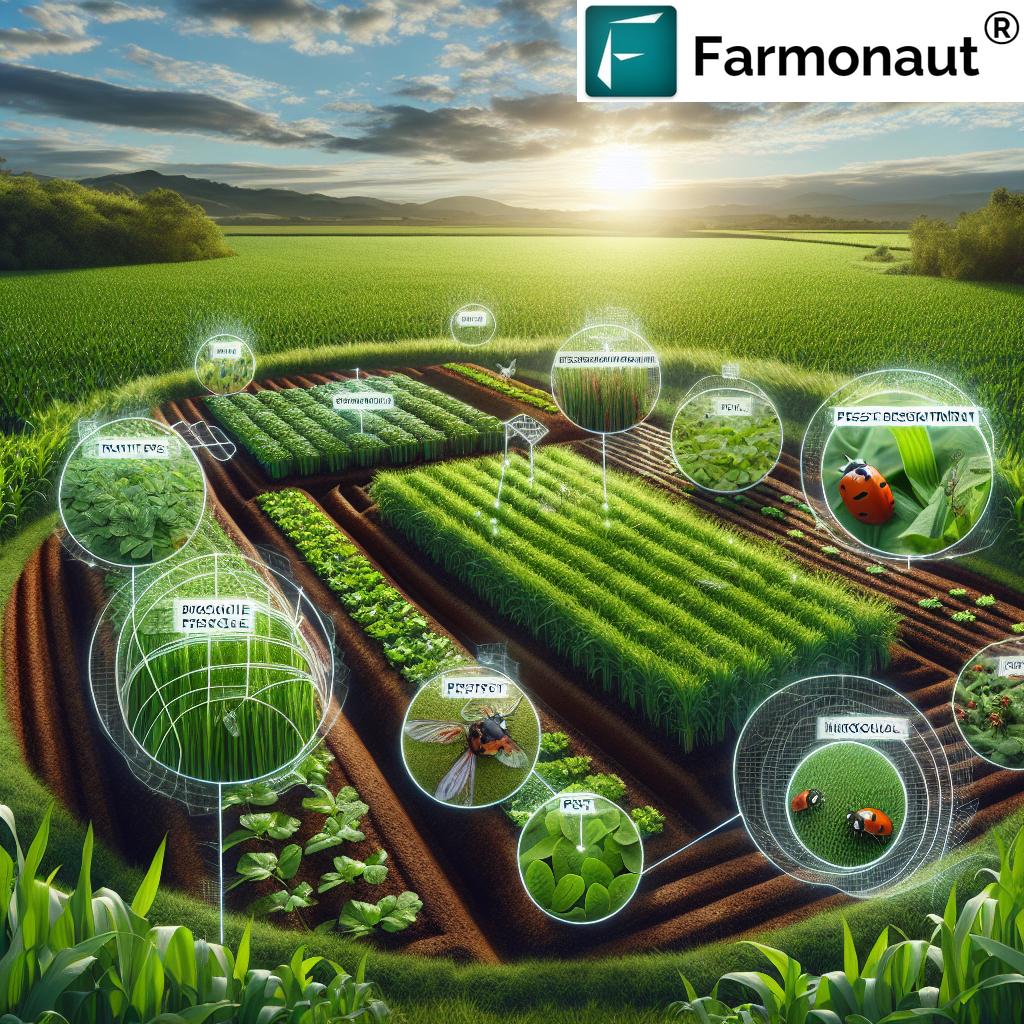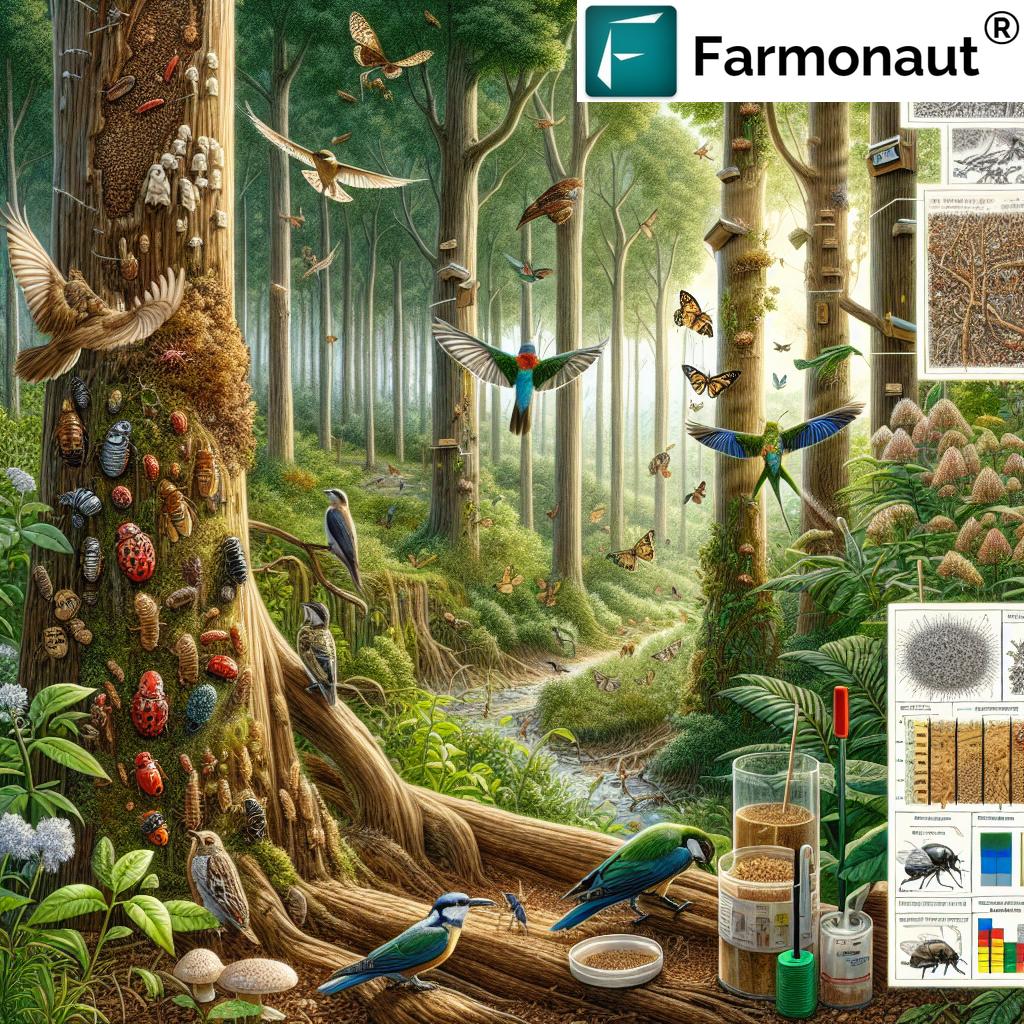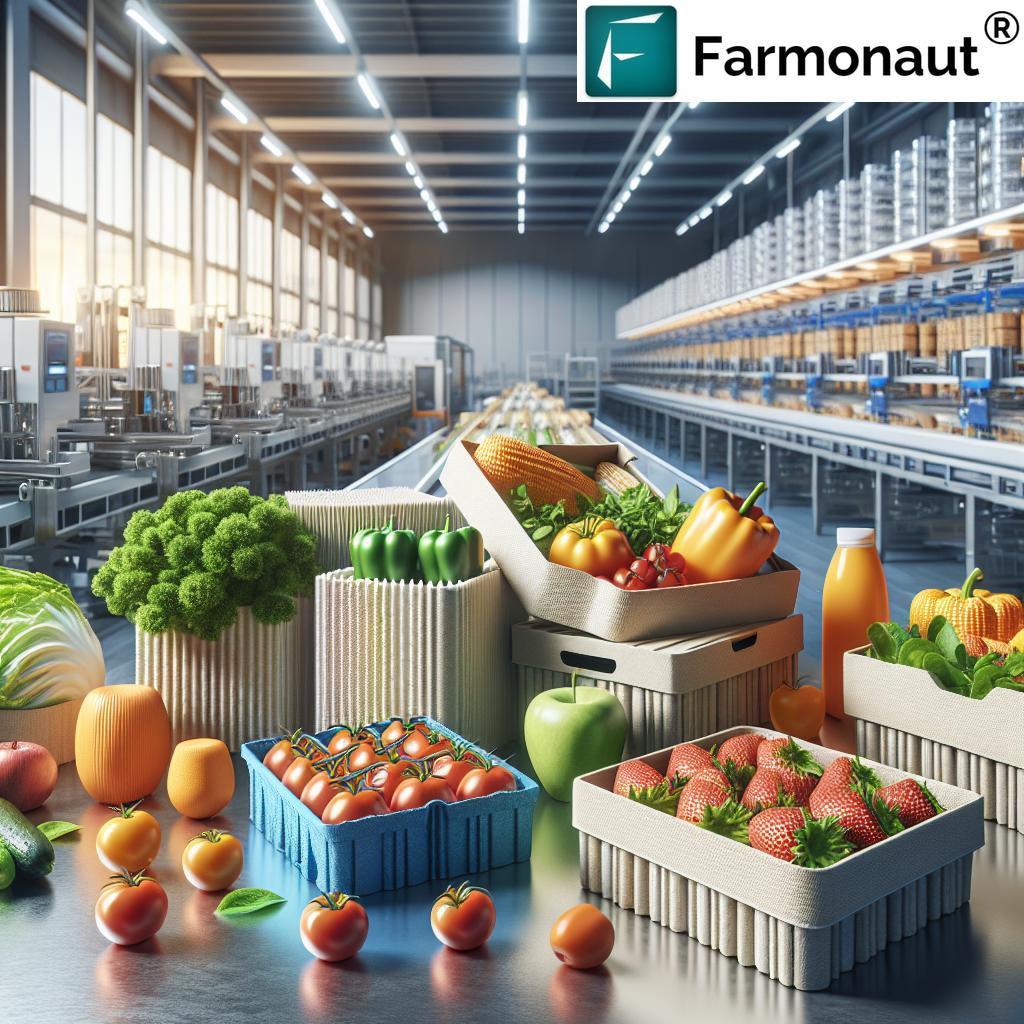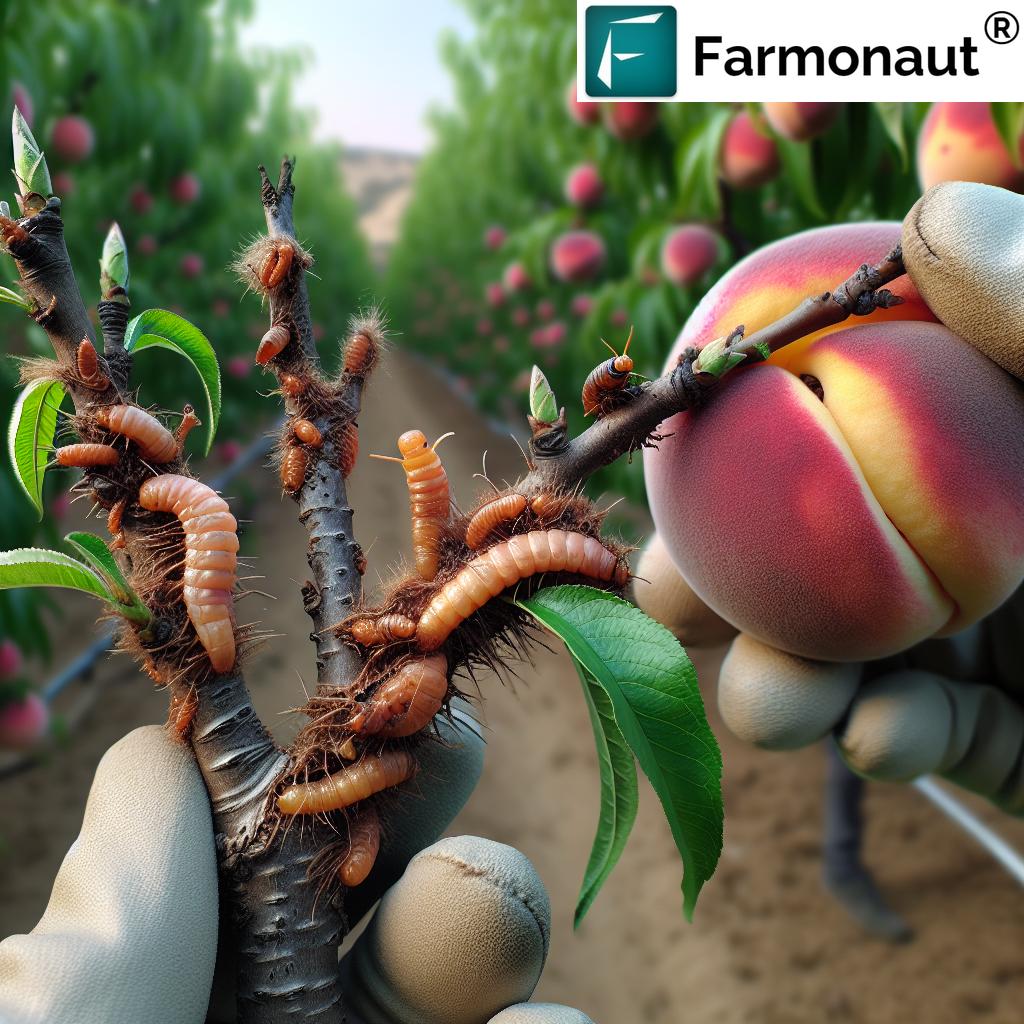Pest Control: 7 Powerful Sustainable Strategies for Crops
Understanding Pests in Agriculture and Forestry
Pest control in agriculture is a fundamental aspect of attaining healthy crops and ensuring global food security. Pests encompass a wide range of harmful organisms that adversely affect plant health and productivity. These organisms include insects, rodents, fungi, bacteria, and weeds—each capable of causing significant damage to crops or forests.
In the context of forestry, the stakes are just as high. Pests can weaken trees, lower timber quality, and make forests more susceptible to diseases and environmental stresses. Agriculture and forestry together form the backbone of ecosystem balance, so understanding and managing pests is mission-critical.
“Over 70% of global crops benefit from integrated pest management, reducing chemical pesticide use significantly.”
“Sustainable pest control methods can increase crop yields by up to 20% while preserving soil health and biodiversity.”
Why Effective Pest Control Matters
Let’s emphasize why effective pest control is paramount for agriculture and forestry:
- Protects Food Security: Unchecked pest infestations can destroy crops, impacting regional and global food supplies.
- Preserves Crop Yield and Quality: Healthy plants translate into abundant harvests and high-quality food products.
- Reduces Economic Loss: Crop loss due to pests can severely affect farmer income and local economies.
- Maintains Environmental Balance: Sound pest control reduces the use of harsh chemicals, benefiting biodiversity and ecosystems.
- Ensures Sustainability: Sustainable approaches promote long-term agricultural productivity and resilience.
Impact of Pests on Crop Yields and Ecosystem Health
It’s estimated that pests can destroy up to 40% of global crops annually. The impact of pests on crop yields isn’t just reflected in lost harvests, but also in reduced soil health, greater input costs, compromised food quality, and ecological disruption. Improving pest management is an essential step toward a secure, sustainable, and resilient agricultural future.
Integrated Pest Management (IPM): The Holistic Approach
Integrated Pest Management (IPM) stands out as the cornerstone of sustainable pest control practices in modern agriculture and forestry. IPM is a holistic, science-backed approach that combines multiple management tools to effectively control pests with minimal environmental impact.
The primary goal of IPM is to minimize chemical pesticide use—only using them as a last resort—and instead promote an economically and ecologically sound manner for crop pest management strategies. This reduces risks to human health and nontarget organisms while still achieving strong pest suppression.
Key Benefits of Integrated Pest Management
- Reduces Environmental Impact: Fewer chemicals mean healthier soil and water, and less harm to biodiversity.
- Prevents Pesticide Resistance: Diverse methods reduce the risk that pests evolve resistance.
- Improves Economic Stability: Reduces input costs and keeps crops marketable by managing pest populations responsibly.
- Adaptable and Scalable: Can be tailored for different crop types, climates, and scales of operation, from small farms to commercial plantations and forestry operations.
- Promotes Sustainable Pest Control Practices: Encourages natural cycles and resilience within farms and forests.
Core Principles of IPM: The Foundation of Environmentally Friendly Pest Management
Integrated Pest Management is structured around several core principles to ensure both efficacy and environmental stewardship:
-
Prevention:
Preventing pest infestations by selecting resistant crop varieties, optimizing planting schedules, and maintaining clean, healthy fields. Good hygiene, equipment sanitation, and removing crop residues also reduce the risk before pests can take hold. -
Monitoring:
Regular monitoring for early signs of pest activity is vital. This includes visual inspections, field traps, and advanced technologies such as drones and sensors for agricultural pest monitoring. -
Action Thresholds:
Thresholds define specific levels where control measures are justified, ensuring that interventions are economically and ecologically sound rather than reactive or routine. -
Combining Controls (IPM Toolbox):
IPM employs a blend of biological, cultural, physical, and mechanical tools:- Biological Controls: Utilizing natural predators, parasites, or pathogens (e.g., introducing ladybugs for aphids).
- Cultural Controls: Disrupting pest life cycles with crop rotation, intercropping, timely planting, and effective irrigation.
- Physical and Mechanical Controls: Using barriers, traps, and manual removal to physically exclude or eliminate pests.
-
Chemical Controls: If all else fails, apply chemical pesticides responsibly, carefully selecting products that are
specific for the pest—and in a way that minimizes risk to beneficial organisms and the environment.
Sustainable Pest Control Practices Support Wildlife
A notable advantage of IPM is conserving beneficial organisms—such as bees, earthworms, and bats—essential for pollination and natural pest regulation, contributing further to the ecosystem and improved crop yields.
Pest Control: 7 Powerful Sustainable Strategies for Crops
Modern sustainable agriculture blends time-tested wisdom with innovative pest control technologies. Let’s examine the seven most effective, environmentally friendly pest management strategies today:
-
1. Integrated Pest Management (IPM)
IPM—described above—serves as an umbrella strategy that integrates prevention, monitoring, action thresholds, and multiple control methods for intelligent, sustainable pest management.
-
2. Biological Pest Control Methods
This involves introducing natural enemies of pests, such as predatory insects (ladybugs, lacewings), parasitoid wasps, nematodes, or bacterial pathogens (e.g., Bacillus thuringiensis for caterpillars). These allies keep pest populations below damaging levels with negligible side effects on the environment.
-
3. Crop Rotation
Rotating crops seasonally disrupts pest life cycles and prevents the buildup of soil-borne diseases and pests. For instance, alternating cereals and legumes helps relieve soil fatigue and reduce the incidence of many crop-specific pests.
-
4. Mechanical Controls
Physical tools, handpicking, using agricultural machinery to remove pests, sticky traps, pheromone traps, and tillage are all part of mechanical pest management strategies. They target pests directly and help minimize chemical intervention.
-
5. Botanical Pesticides & Bio-Based Solutions
Made from plant-derived compounds (neem oil, pyrethrum, garlic extract), botanical pesticides often break down quickly in the environment and offer a greener alternative to synthetic chemicals. Bio-based methods—including microbial sprays—target specific pests while protecting beneficial species.
-
6. Physical Barriers & Exclusion Techniques
Including row covers, nets, traps, and mulch—these barriers physically block pests’ access, preventing infestation before it starts. Used as part of an IPM system, they are especially effective for fruit and vegetable crops.
-
7. Digital & Remote Pest Monitoring (Advanced Sensors & Drones)
The advent of sensor-driven, AI-powered pest detection and satellite imagery enables real-time tracking of pest hotspots and early outbreaks. Platforms like ours at Farmonaut provide advanced farm monitoring and crop health analytics, helping farmers make data-driven decisions to optimally target interventions and reduce pesticide use.
Focus on Crop Compatibility and Local Conditions
Selecting the most suitable pest control option depends on specific crop types, local climate, and prevailing pest threats. Many best practices involve blending two or more strategies for a comprehensive, resilient approach to pest management.
Comparative Table: Sustainable Pest Control Strategies
| Method | How It Works | Environmental Impact | Effectiveness | Estimated Cost | Suitability |
|---|---|---|---|---|---|
| Integrated Pest Management (IPM) | Combines biological, cultural, mechanical, chemical controls | Low/Medium | 85-95% | Medium | All crops, forestry, large scale |
| Biological Controls | Introduce/encourage predators, pathogens, parasitoids | Low | 75–90% | Low/Medium | Fruit, vegetables, forestry |
| Crop Rotation | Switch crops seasonally to disrupt life cycles | Very Low | 70–85% | Low | Field crops, cereals, pulses |
| Mechanical Controls | Traps, hand removal, mechanical equipment | Low | 60–80% | Low | Small farms, gardens, high-value crops |
| Botanical Pesticides | Plant-based sprays (neem, pyrethrum) | Low | 70–85% | Low/Medium | Organic farming, sensitive areas |
| Physical Barriers | Rowcovers, fences, nets, mulches | Very Low | 50–75% | Low | Vegetables, fruits, nurseries |
| Digital Monitoring | Drones, sensors, AI predict outbreaks | Very Low | 80–95% | Medium/High | Large farms, tech-savvy growers |
Advancements: Innovative Pest Control Technologies in Agriculture
The next generation of pest control in agriculture relies on technology to increase accuracy and reduce environmental impact. These innovative pest control technologies give us tools to monitor, predict, and intervene smarter than ever before.
Remote Sensing and Satellite Imagery
Satellite-based crop monitoring—such as the services offered by Farmonaut—lets growers rapidly detect pest infestations and visualize crop stress due to pests or diseases. Real-time information about vegetation health (NDVI) and soil moisture means that growers can respond quickly and precisely—often before outbreaks spread.
Drone Technology
Drones offer low-cost, large-area surveillance for detecting early signs of pest activity with high precision. They’re also used to deploy spot treatments, reducing overall pesticide use and preventing non-target damage.
AI and Machine Learning in Pest Management
With AI-powered advisory systems—like the Jeevn AI module in the Farmonaut platform—growers receive real-time, crop-specific recommendations for pest control based on weather, satellite, and field data. AI helps pinpoint the most effective and sustainable interventions at the right time, further helping to reduce pesticide use.
Smart Sensors and IoT Integration
Modern sensors monitor environmental conditions—soil moisture, temperature, humidity—and forecast pest risks. This data supports real-time agricultural pest monitoring, ensuring that actions are only taken when truly necessary, preventing both crop loss and unnecessary spraying.
“Over 70% of global crops benefit from integrated pest management, reducing chemical pesticide use significantly.”
Transparency and Traceability in Pest Management
Blockchain-based traceability solutions—like Farmonaut’s product traceability platform—enable every action, chemical application, and biological intervention to be securely recorded. This builds consumer trust and supports compliance with food safety and environmental regulations.
Sustainable Resource Management
Fleet and resource optimization using specialized management tools further minimizes greenhouse gas emissions and environmental footprint during pest control activities.
Key Challenges in Sustainable Pest Control
While advances in sustainable pest control practices are bringing revolutionary change, several persistent challenges must be acknowledged and addressed:
-
Pesticide Resistance:
Overuse of chemicals can result in pest resistance, where populations adapt to survive treatments. This makes pests harder to control and can spark cycles of escalating input costs and pesticide applications. -
Environmental Impact:
Even selective pesticides, if improperly applied, can kill nontarget species, pollute water, and degrade soil health. -
Resource Limitations:
Small-scale farmers may lack access to innovative pest control technologies or information about biological pest control methods. -
Knowledge & Education Gaps:
Training and skill-building are required for safe adoption of sustainable pest management strategies, especially where conventional chemical approaches are entrenched. -
Complex Interactions:
Crops, pests, beneficial insects, climate, and cultural practices must be balanced—what works well in one field or region may not work in another.
Reducing Barriers through Technology
Tools like cost-effective satellite data APIs and our mobile-friendly crop and forest management platforms help bridge the gap, making advanced, precision agriculture accessible to farmers and institutions globally.
For developers wishing to build customized solutions on top of advanced satellite and weather data, Farmonaut offers comprehensive API developer documentation.
Climate and Market Uncertainty
Weather variability, new pest introductions, and shifting market needs require constant vigilance and flexible management strategies.
How Farmonaut Empowers Sustainable Pest Management
As pest control challenges become more complex, the integration of advanced digital tools is revolutionizing agriculture globally. At Farmonaut, we offer a comprehensive platform that leverages satellite imagery, AI-based advisory, blockchain traceability, and advanced resource management for sustainable and effective pest control in agriculture and forestry.
-
Satellite-Based Crop Health Monitoring:
We process and analyze multispectral satellite images to monitor crop health, assess soil moisture, and identify early stress signals—enabling swift intervention before pests cause widespread damage. -
AI Advisory & Precision Recommendations:
Jeevn AI, our real-time advisory system, personalizes pest management strategies based on crop, local weather, and pest pressure—empowering growers to act decisively while limiting unnecessary chemical interventions. -
Traceability & Regulatory Compliance:
Our blockchain-based traceability ensures transparency through the entire crop’s journey, important for export markets and sustainability certifications. -
Carbon Footprinting & Climate Resilience:
Farmonaut’s carbon footprinting tool supports emission monitoring, encouraging practices that minimize environmental impact even in pest control operations. -
Access via Web, Android, and iOS Apps:
We provide mobile-responsive access, ensuring timely pest monitoring and management from any location or device. -
Support for Small and Large-Scale Operations:
Whether you farm one hectare or manage large forest plantations, our modular solutions can be scaled as per user requirements.
Our mission is to make precision, environmentally friendly pest management affordable and accessible for all stakeholders in the agricultural value chain. For large plantations or multi-farm operations, our Agro-Admin platform offers centralized oversight and advanced yield prediction—enabling robust, scalable crop pest management strategies.
FAQ: Sustainable Pest Control in Agriculture and Forestry
A: Main agricultural pests include insects (aphids, caterpillars), fungal pathogens, bacteria, viruses, nematodes, rodents, and weeds. In forestry, additional threats include bark beetles, borers, and certain invasive plants that compromise tree health and ecological balance.
A: IPM relies on prevention, regular monitoring, and diverse non-chemical controls (biological, cultural, mechanical). Chemical interventions are used only as a last option, which greatly reduces pesticide use and environmental risks.
A: When implemented correctly and in combination with other strategies, biological controls (e.g., beneficial insects, bio-pesticides) can be highly effective, often with far less risk to the environment and non-target organisms.
A: Technologies such as drones, satellites, AI, and smart sensors deliver rapid, remote detection of pest outbreaks. This supports precise, targeted interventions—limiting overall damage and resource use.
A: Assess the specific pest threats, crop type, local climate, and available resources. Combining more than one method (e.g., crop rotation + biological control + digital monitoring) usually achieves the greatest protection and sustainability.
A: Sustainable pest control can improve yields by up to 20%, minimize crop losses, reduce long-term input costs (less reliance on expensive chemicals), and build environmental resilience. It also unlocks access to eco-conscious markets.
A: Farmonaut’s ecosystem of tools—crop health monitoring via satellite (NDVI, soil moisture), real-time AI advisories, blockchain product traceability, fleet/resource management, and carbon footprinting—all support responsible, effective, and sustainable pest management for farmers and agribusinesses.
Conclusion & Further Reading
Pest control in agriculture and forestry requires an ongoing commitment to environmentally friendly, sustainable management. Integrating the seven strategies outlined above—especially when empowered with innovative technological solutions—improves crop efficiency, reduces environmental risks, and secures long-term viability for food and forest systems globally.
For growers seeking practical, affordable, and data-driven pest management, platforms like those we provide at Farmonaut combine satellite monitoring, AI-driven advice, and transparent resource management—bridging accessibility gaps and supporting a new generation of sustainable, resilient agriculture.
To further explore how digital innovation can transform your pest control approach, try our web, Android, or iOS applications, or check out our developer API here. For advanced traceability, discover more about our blockchain capabilities. Learn more about how to support sustainable supply chains with carbon footprinting tools, resource management, and more.
Embrace the future of sustainable pest control and join the movement towards secure food, economic stability, and a thriving environment.












